SS-VT Officer Black Service Tunic M32
CATEGORY: Version
SKU: 50.GOR.03.02.01.001.000
Estimated market value:
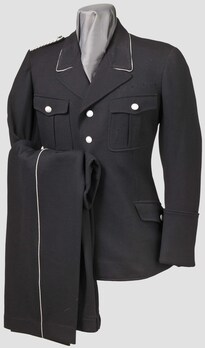
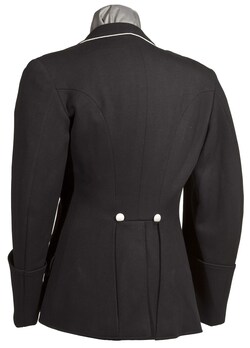
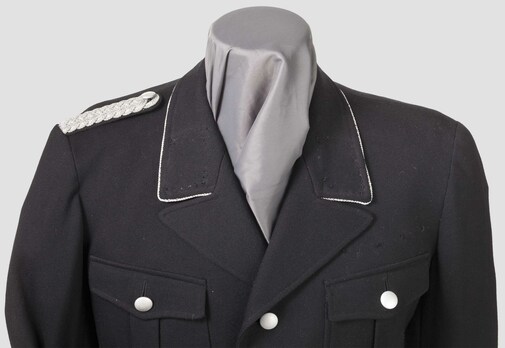
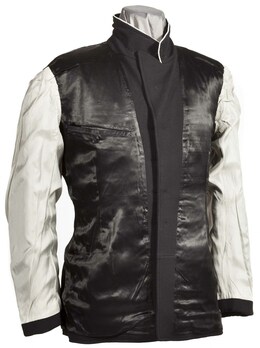
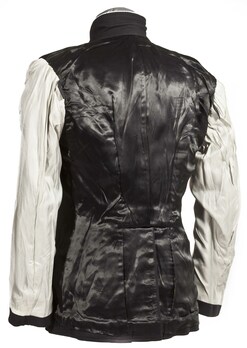
Estimated market value:
The black SS service uniform was introduced in 1932 and was worn by all branches and departments of the SS, including the Allgemeine-SS, SS-Verfügungstruppe, SS-Totenkopfverbände, and the Leibstandarte SS "Adolf Hitler" regiment. It was the standard uniform worn for service, ceremonies, political events, and funerals.
Since all members of the SS wore the standard black uniform, rank and divisional insignia was relied upon to distinguish between the different departments, units, and ranks. Such insignia included collar tabs, shoulder straps, and cuff titles.
Reichsführer-SS Heinrich Himmler strictly controlled the types of insignia that were to be worn with the black service uniform and the types that could be worn with other uniforms.
By October of 1934, it was determined that the black uniform was only to be worn by Officers, Non-Commissioned Officers (NCOs), and Enlisted Men (EMs) with insignia made with aluminium embroidery.
The Officer’s black uniform was manufactured out of wool gabardine, also known as tricot, and was purchased on an individual basis from the Kleiderkasse-SS.
The uniforms worn by NCOs and EMs were made out of high-quality wool by RZM regulated manufacturers.
The SS black service uniform was used from around 1932 until 1942 when Heinrich Himmler ordered that the uniforms be returned for use by the SS-Economic and Administrative Main Office.
The uniform is considered one of the best-looking uniforms produced for wear by the SS and the materials used were of the highest of quality. Every metal detail is RZM marked, the wool is high quality, and the insignia was the best produced in the pre-war period.
The tunic is cut in the traditional military “Uniformrock” style which becomes particularly evident when looking at the reverse of the tunic. The front of the tunic features two upper, pleated pockets with buttoned flaps, and two lower slash pockets with buttoned flaps. The tunic closes with four pebbled, matte silver buttons and has two silver belt suspension hooks on each side of the waist.
The collars of the tunic are piped according to rank: silver for Officers, black and white for NCOs and EMs. The underside of the collar is reinforced with a zigzag pattern stitch.
The reverse of the coat features a split that stretches from the waistline to the lower hem. Above the split there are two metal silver-matte buttons.
The interior of the coat is lined with two different types and colours of fabric; the sleeves are generally lined with a blended white cotton fabric and the torso is lined with black cloth. The interior of the coat will feature a pocket with an oilcloth RZM SS trademark tag and size numbers.
A red swastika armband with black borders was worn to denote membership in an SS unit. A cuff title was one of the most important additions to denote membership in a specific SS unit, division, or branch. Some tunics may feature an “old fighters” chevron on the upper right sleeve.

Comments
Sign in to comment and reply.


Scroll Top